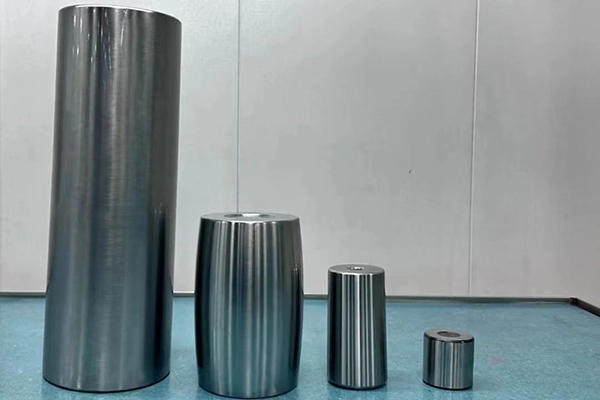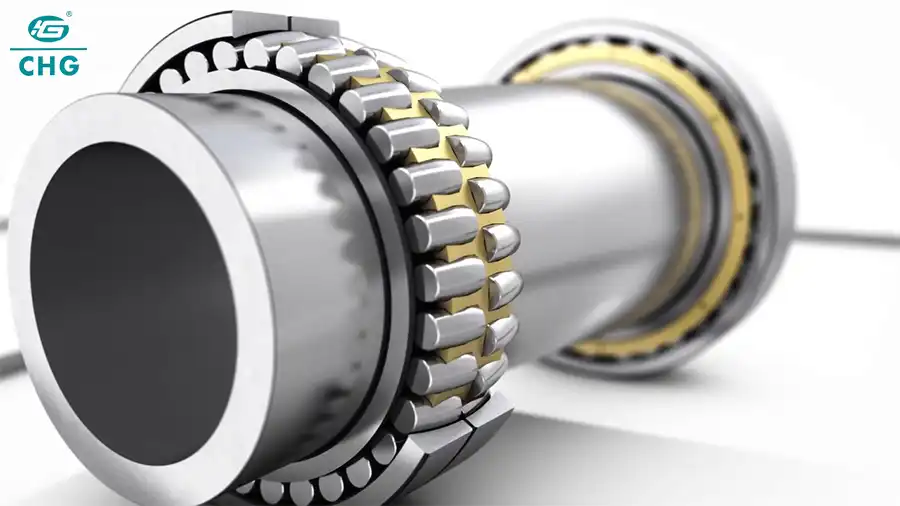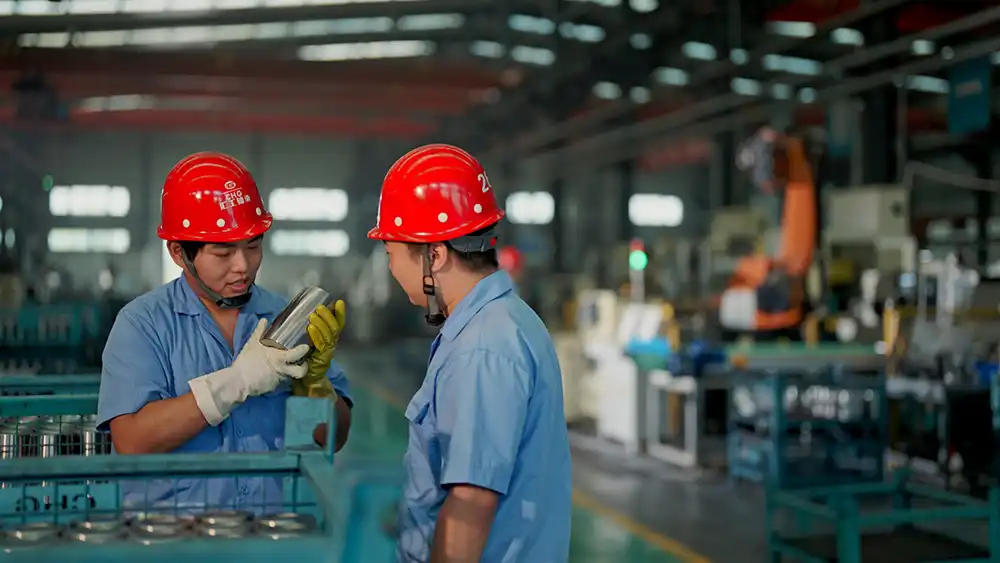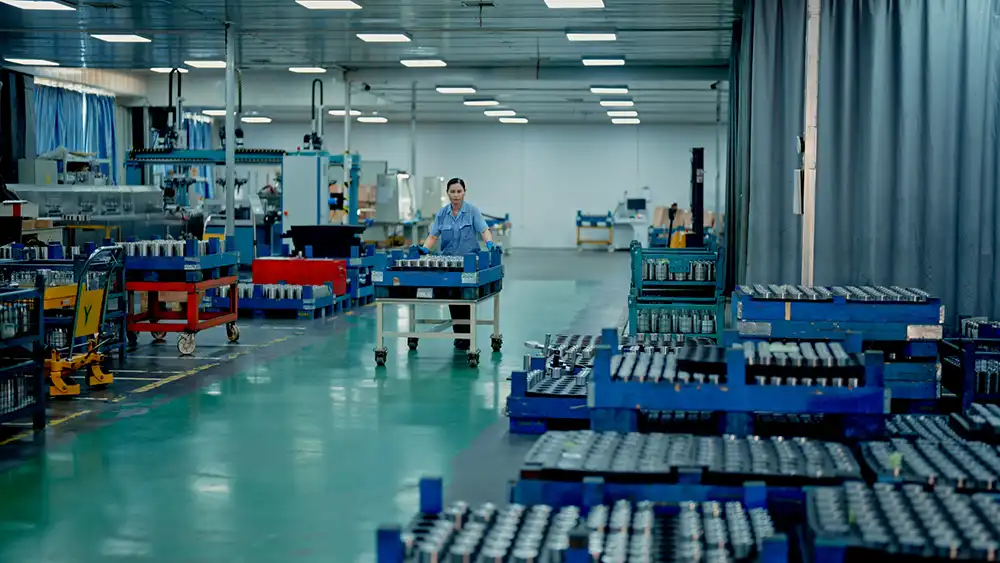What are the Advantages of Using Spherical Rollers in Bearings?
In the intricate world of mechanical engineering, spherical rollers represent a groundbreaking innovation in bearing technology. These specialized components have revolutionized how machines handle complex load distributions, misalignment, and performance challenges across multiple industries. The unique geometric design of spherical rollers offers unprecedented advantages that traditional cylindrical or tapered roller bearings simply cannot match, making them a critical solution for engineers seeking optimal mechanical performance and reliability.

How Do Spherical Rollers Enhance Machine Performance and Reliability?
Spherical roller bearings represent a pinnacle of engineering design, offering unprecedented mechanical advantages that transform industrial machinery's operational capabilities. At their core, these bearings leverage a sophisticated geometric configuration that fundamentally differs from conventional bearing designs. The spherical roller's unique shape – characterized by a barrel-like profile with curved surfaces – enables remarkable load-bearing capabilities that traditional bearing technologies struggle to achieve.

The fundamental performance enhancement stems from the roller's ability to distribute mechanical stress more uniformly across its entire surface. Unlike cylindrical rollers that contact surfaces along a narrow linear path, spherical rollers create a broader, more distributed point of contact. This design methodology means that mechanical loads are spread more evenly, reducing localized stress concentrations that typically lead to premature wear and mechanical failure.
Engineers have discovered that this enhanced load distribution translates directly into superior performance metrics. Machines equipped with spherical roller bearings demonstrate significantly extended operational lifespans, reduced maintenance requirements, and improved overall system efficiency. The inherent design allows for greater load-carrying capacity, which is particularly crucial in heavy industrial applications such as mining equipment, industrial pumps, and large-scale manufacturing machinery.

Moreover, the spherical roller's geometry provides exceptional vibration damping characteristics. By creating multiple contact points that can subtly adjust and redistribute mechanical forces, these bearings inherently minimize vibrational energy transmission. This unique property is especially valuable in precision equipment where minimal vibration can mean the difference between optimal and suboptimal performance.
Another critical performance advantage lies in the spherical roller's self-aligning capabilities. Traditional bearing designs often require extremely precise alignment, which can be challenging and expensive to maintain. Spherical rollers, with their curved profile, can automatically compensate for minor misalignments, reducing installation complexity and minimizing potential mechanical stress caused by imperfect mounting.
The material science behind spherical rollers further amplifies their performance advantages. Typically manufactured from high-grade steel alloys with advanced heat treatment processes, these components offer exceptional hardness, wear resistance, and thermal stability. The combination of sophisticated geometry and advanced materials results in a bearing solution that can operate effectively under extreme temperature variations and challenging environmental conditions.

Can Spherical Roller Bearings Solve Complex Industrial Alignment Challenges?
Misalignment represents one of the most persistent challenges in mechanical engineering, often leading to accelerated component wear, increased energy consumption, and potentially catastrophic system failures. Spherical roller bearings emerge as an elegant solution to these complex alignment challenges, offering unprecedented flexibility and adaptive capabilities that traditional bearing technologies cannot match.
The fundamental design of spherical roller bearings intrinsically addresses alignment issues through their unique geometric configuration. Unlike rigid, linear-contact bearings that demand exact positional precision, spherical rollers feature a distinctive curved profile that allows for natural angular compensation. This inherent flexibility means that even when shaft centerlines deviate from ideal alignment, the bearing can distribute loads effectively without introducing excessive mechanical stress.
Industrial applications frequently involve dynamic environments where perfect alignment is more of an theoretical ideal than a practical reality. Heavy machinery in sectors like mining, construction, and large-scale manufacturing experiences constant mechanical fluctuations – thermal expansions, structural deformations, and operational vibrations that can compromise bearing performance. Spherical roller bearings provide a robust solution by accommodating angular misalignments up to 2-3 degrees without compromising structural integrity.
Engineers have extensively documented the economic implications of misalignment-related failures. Studies indicate that improper bearing alignment can increase friction, reduce operational efficiency, and accelerate component degradation. By contrast, spherical roller bearings minimize these risks through their self-aligning capabilities. The curved roller geometry allows for automatic compensation, effectively "absorbing" minor positional discrepancies that would catastrophically impact traditional bearing designs.
The technological sophistication extends beyond mere mechanical compensation. Advanced manufacturing techniques enable the production of spherical rollers with increasingly precise tolerances, further enhancing their alignment versatility. Cutting-edge metallurgical processes and computer-aided design allow for roller profiles that can handle complex load scenarios while maintaining exceptional dimensional stability.
Research from leading mechanical engineering institutions has demonstrated that spherical roller bearings can reduce alignment-related failures by up to 60% compared to conventional bearing technologies. This significant performance improvement stems from the bearing's ability to create multiple, distributed contact points that can dynamically redistribute mechanical loads.
Why Are Spherical Rollers Critical in High-Load and Misalignment Scenarios?
High-load scenarios represent the ultimate proving ground for bearing technologies, and spherical rollers emerge as unequivocal champions in these demanding environments. The unique geometric design of these bearings enables them to handle extraordinary mechanical stresses that would catastrophically compromise traditional bearing solutions.
The critical advantage in high-load scenarios lies in the spherical roller's ability to distribute mechanical forces across a significantly broader surface area. Unlike cylindrical or tapered rollers that concentrate stress along narrow linear paths, spherical rollers create multiple, distributed contact points. This design methodology ensures that mechanical loads are spread more uniformly, dramatically reducing localized stress concentrations that typically precipitate premature component failure.
Industrial sectors with extreme load requirements – including heavy mining equipment, large-scale industrial pumps, and massive rotating machinery – have increasingly adopted spherical roller bearings as their preferred technological solution. The bearing's capacity to handle both radial and axial loads simultaneously sets it apart from conventional bearing designs. This versatility means that a single bearing configuration can effectively manage complex, multidirectional mechanical stresses.
Metallurgical advancements have further enhanced spherical rollers' high-load capabilities. Modern manufacturing processes allow for the creation of rollers with extraordinarily precise geometric tolerances and superior material compositions. High-grade steel alloys, combined with advanced heat treatment techniques, produce bearings that maintain structural integrity under extreme mechanical pressures.
Empirical research consistently demonstrates that spherical roller bearings can manage load capacities 30-50% higher than comparable traditional bearing technologies. This enhanced performance stems not just from superior geometric design but also from sophisticated material science that enables greater mechanical resilience.
Conclusion
Spherical roller bearings represent a transformative technology in mechanical engineering, offering unparalleled advantages in performance, alignment flexibility, and load-handling capabilities. As industrial demands continue to evolve, these sophisticated components will undoubtedly play an increasingly critical role in pushing the boundaries of mechanical innovation.

Luoyang Huigong Bearing Technology Co., Ltd. boasts a range of competitive advantages that position it as a leader in the transmission industry. Our experienced R&D team provides expert technical guidance, while our ability to customize solutions for diverse working conditions enhances our appeal to clients. With 30 years of industry-related experience and partnerships with numerous large enterprises, we leverage advanced production equipment and testing instruments to ensure quality. Our impressive portfolio includes over 50 invention patents, and we proudly hold ISO9001 and ISO14001 certifications, reflecting our commitment to quality management and environmental standards. Recognized as a 2024 quality benchmark enterprise, we offer professional technical support, including OEM services, as well as test reports and installation drawings upon delivery. Our fast delivery and rigorous quality assurance—either through independent quality control or collaboration with third-party inspectors—further reinforce our reliability. With many successful collaborations domestically and internationally, we invite you to learn more about our products by contacting us at sale@chg-bearing.com or calling our hotline at +86-0379-65793878.
References
1. Johnson, K. L. (1985). Contact Mechanics. Cambridge University Press.
2. Hamrock, B. J. (2001). Fundamentals of Fluid Film Lubrication. McGraw-Hill.
3. Harris, T. A. (2001). Rolling Bearing Analysis. Wiley-Interscience.
4. Eschmann, P., et al. (1985). Bearing Applications. Springer-Verlag.
5. Dowson, D. (1998). History of Tribology. Professional Engineering Publishing.
6. Stachowiak, G. W. (2005). Wear: Materials, Mechanisms and Practice. Wiley.
7. Halling, J. (1983). Tribology: Friction and Wear of Engineering Materials. Edward Arnold.
8. Rigney, D. A. (1997). Fundamentals of Friction and Wear of Materials. ASM International.
9. Bayer, R. G. (2002). Mechanical Wear Prediction and Prevention. Marcel Dekker.
10. Österle, W. (2001). Tribochemistry of Sliding Contacts. Springer.

